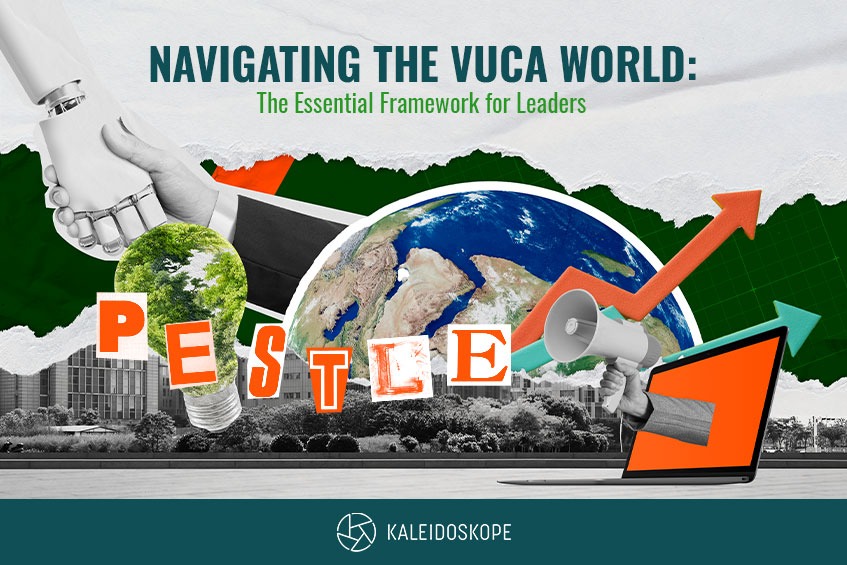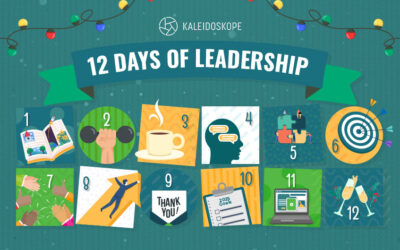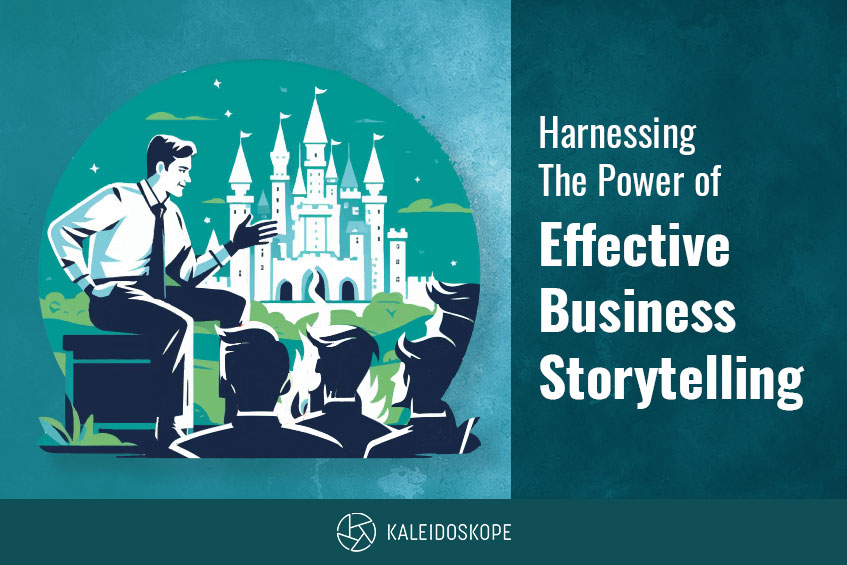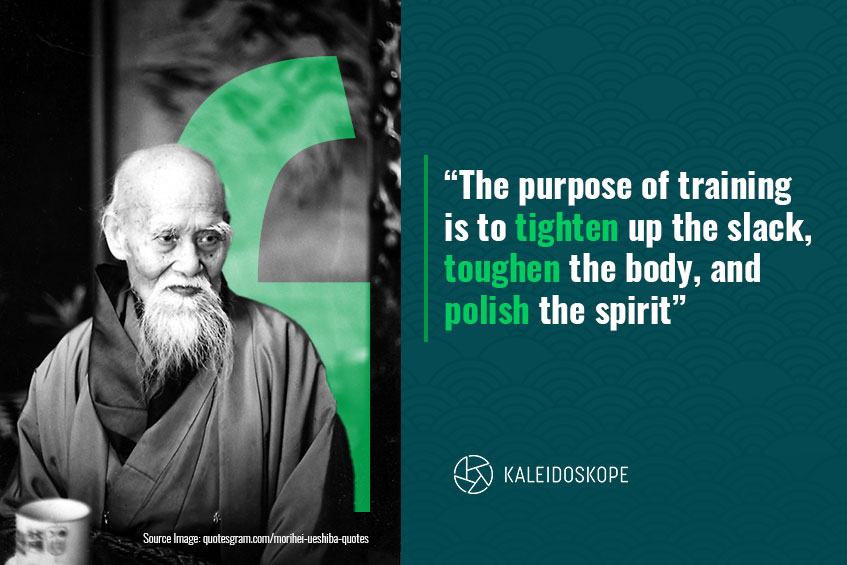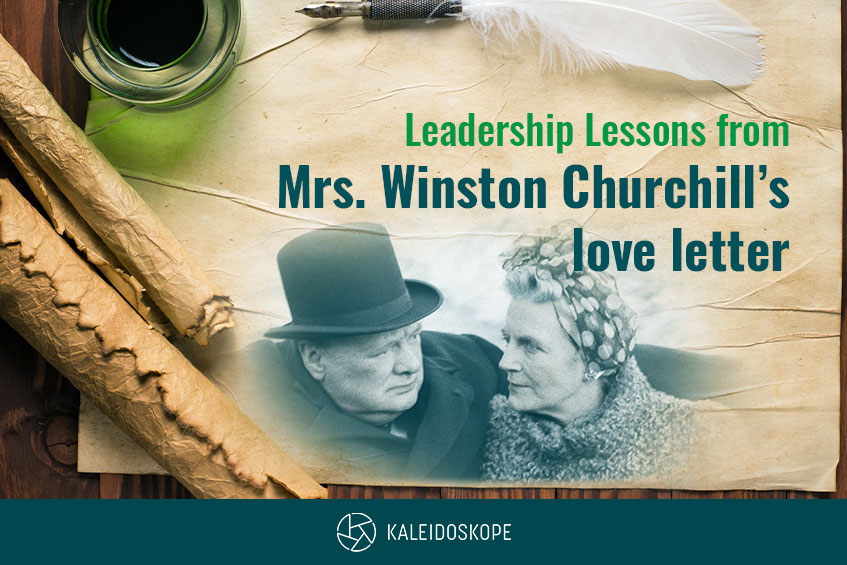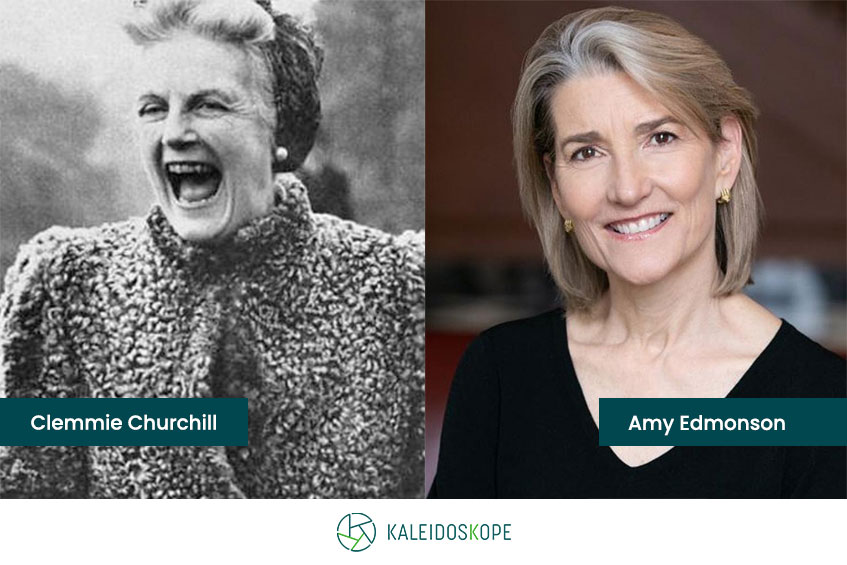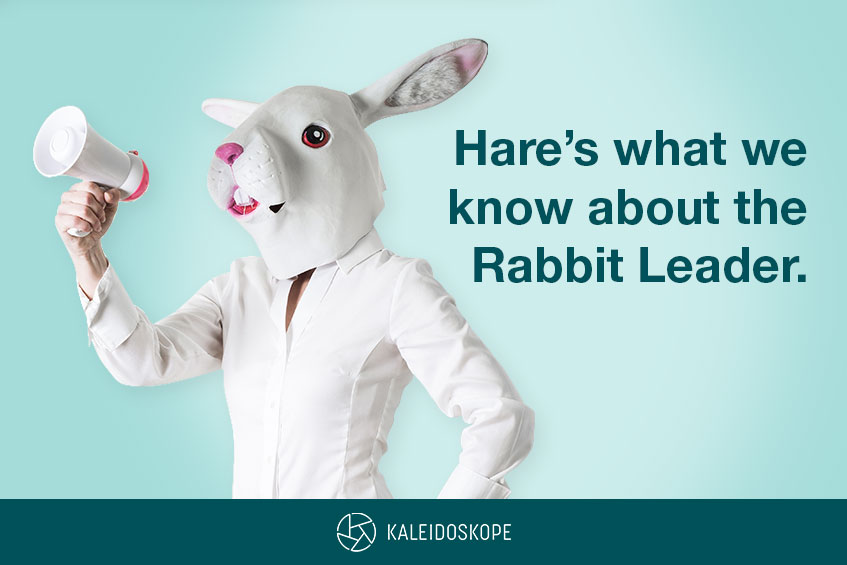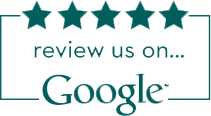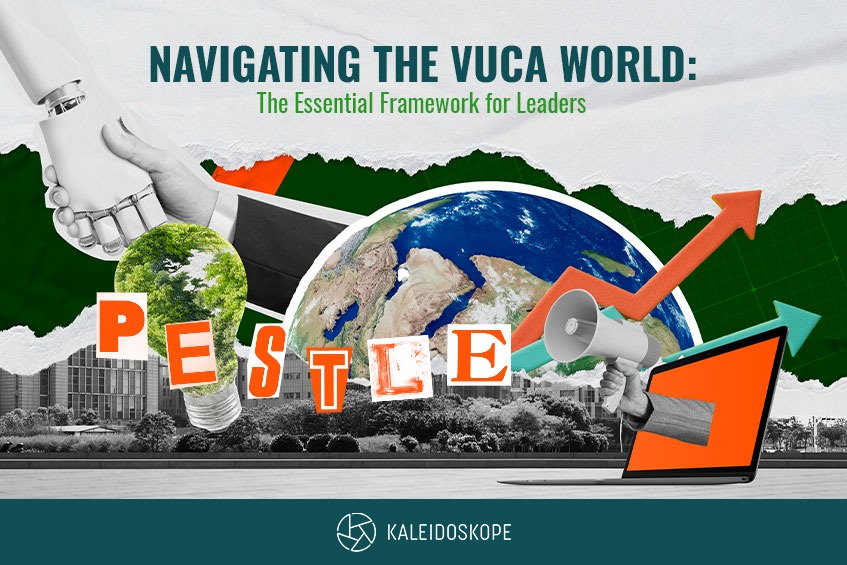
NAVIGATING THE VUCA WORLD: The Essential Framework for Leaders
In the fast-paced world we live in, the value of a guiding hand cannot be overstated. Mentoring is a special relationship where a more experienced person helps someone with less experience to grow and develop. It is a partnership that fosters personal and professional growth, helping people navigate the complexities of their career and life goals. Mentoring can provide invaluable knowledge, skills, and insights to help individuals achieve their ambitions.
We live in an ever-changing VUCA world (Volatile, Uncertain, Complex, and Ambiguous) world. Now more than ever, the leaders in your organisations must stay ahead of the curve by attending corporate trainings. Amidst this backdrop, the PESTLE framework emerges as a vital tool for leaders and employees to navigate the complexities of the modern business landscape. By dissecting the Political, Economic, Social, Technological, Legal, and Environmental factors, PESTLE enables leaders to craft informed strategies, manage risks, and secure a competitive advantage in their industries.
Understanding the POLITICAL landscape
With geopolitics significantly influencing international and domestic markets, a keen understanding of the political environment is crucial. For instance, in 2024, with over 49% of the world’s population participating in elections across countries like India and the United Kingdom, leaders must anticipate changes and strategise accordingly. This political awareness not only aids in risk management but also in aligning business strategies with consumer demands and behaviours, thereby ensuring relevance and resilience in a fluctuating political climate.
The ECONOMIC dimension
Economic insights form the backbone of business decision-making. Leaders with a solid grasp of macro and microeconomic trends, market conditions, and monetary policies are empowered to make strategic choices that drive growth and sustainability. This economic acumen is indispensable for navigating the financial aspects of the VUCA world, where informed decisions can differentiate a business from its competitors.
SOCIAL trends and their impact
In today’s digital age, social media and changing consumer patterns greatly influence business strategies. Thus, understanding social trends is critical to adjusting business models to meet evolving consumer behaviours and preferences. This insight fosters community engagement, allowing businesses to connect with their audience deeper and enhancing customer satisfaction and loyalty.
The TECHNOLOGICAL revolution
We live in the Information Age, where technology evolves at an unprecedented pace. This rapid development offers businesses both opportunities and challenges. Innovations like Chat GPT have revolutionised business operations, enhancing productivity and efficiency.
However, adopting new technologies has limitations, such as the need for emotional intelligence in customer interactions. As such, leaders and managers must know how to weigh the benefits against the drawbacks, constantly staying informed and adaptable to leverage technology effectively.
LEGAL Knowledge: A cornerstone of business strategy
In the complex web of global business, understanding legal frameworks is non-negotiable. Laws and regulations vary across borders, making it essential for leaders to navigate these legal landscapes proficiently. This legal awareness safeguards the company against compliance risks and operational hiccups, ensuring smooth cross-border operations.
ENVIRONMENTAL considerations
The environmental aspect of PESTLE addresses the increasing emphasis on sustainability and green practices. From the scarcity of raw materials to consumer demand for eco-friendly products, environmental factors have a significant impact on business strategies. Leaders must be proactive in integrating sustainable practices into their operations to mitigate risks and align with consumer values and regulatory requirements.
PESTLE: a tool for strategic leadership
PESTLE is more than just a framework; it’s a strategic tool that fosters thorough and anticipatory thinking among leaders. By understanding and analysing these six dimensions, leaders can anticipate trends, identify potential challenges, and devise strategies that propel their organisations forward. This custom corporate training is vital for developing resilient and strategic leaders capable of steering their companies through the complexities of the VUCA world.
Kaleidoscope recognizes the importance of PESTLE in building strategic leaders for tomorrow. We invite organisations to explore our diverse selection of personalised workshops and coaching sessions designed to cultivate leaders who are responsive to change and equipped to lead their teams with vision and adaptability.
Upskill your people with professional learning and development tools to give your organisation an edge. Kaleidoskope’s high-engagement and high-impact leadership training for managers and employees effectively ensures that Singapore organisations and companies reach their goals toward enhancing their teams’ productivity and organisational development.
Related Blogs
LEAD MINDFULLY: Your Self-Discovery Playbook
In the relentless currents of change of today’s business world,the traditional command-and-control leadership models are rapidly becoming relics of the past. Organisations navigating complex global markets and demanding innovation require something more – a leadership approach that is not just reactive, but deeply intentional and adaptive.
The Year of the Sssssssnake: Leadership Wisdom for 2025
In ancient Chinese culture, the snake is celebrated for its ability to navigate challenges with calm, focus, and determination. These very same qualities embody the intuition, transformation, and agility crucial for effective leadership in today’s dynamic world. As we enter the Year of the Snake, it’s an opportune time for leaders to reflect on the wisdom and strategic finesse associated with this revered Chinese Zodiac sign.
The 12 Days of Leadership: SMALL ACTIONS, BIG IMPACT
The 12 Days of Leadership: SMALL ACTIONS, BIG IMPACT 🎄 It’s that time of year again—Mariah Carey is starting to thaw, holiday lights are going up, and we’re all getting into the festive spirit! ✨ ❄️ For Kaleidoskope Singapore, ’tis the season for giving,...
Start Your High-Performance Learning Journey
WITH KALEIDOSKOPE NOW!

